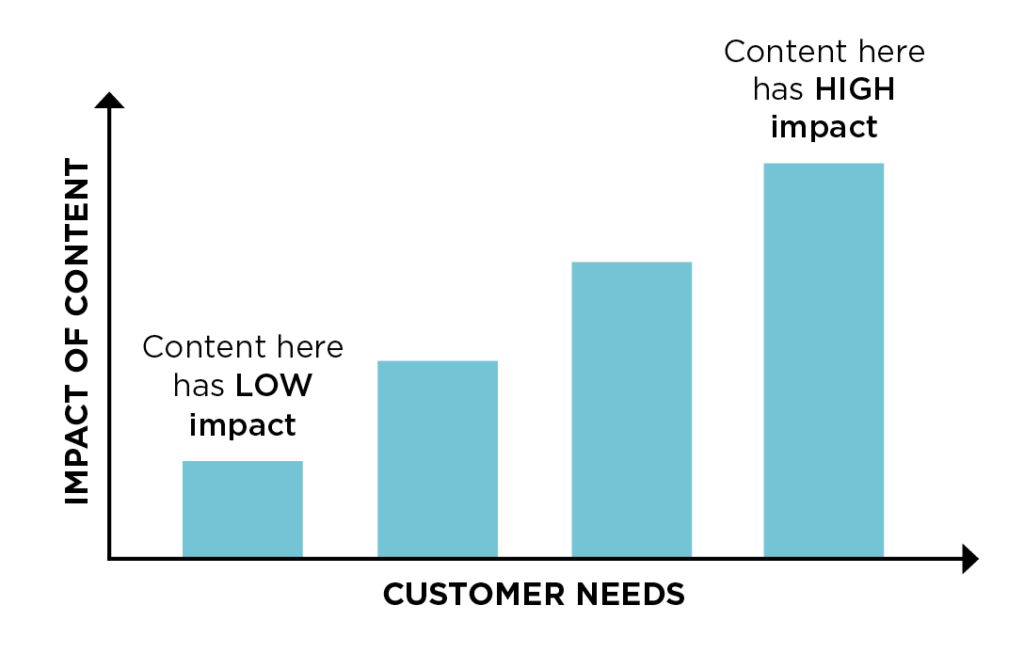The Last Mile: Putting Sales Enablement Resources To Work

Why don’t organizations target more of their sales training and sales enablement efforts on increasing achievement drive and removing self-imposed belief barriers?
Sales enablement teams go through great lengths to produce the data, marketing content, product information, research, tech stacks and other tools to help salespeople close deals. It’s their mission to make sure the sales team has the resources they need to convert more leads and drive more revenue for the business.
Of course, just having the resources doesn’t make salespeople successful. In fact, one of the most common frustrations among sales enablement teams is that much of what they create doesn’t get used, or doesn’t get used effectively. Many salespeople simply default to what they always do in customer meetings, which is share product information. But even those who take advantage of other resources may not be using them in a way that’s meaningful to the customer. And if that’s the case, the sales enablement work was essentially all for nothing.
This situation is similar to the “last mile” in telecommunications. If the final leg of delivering connectivity to the customer isn’t effective, then everything that came before it will be compromised. The tens of millions of dollars spent on R&D, marketing, technology and everything else that went into making sure the customer has the best quality service—none of it will matter if there are problems with the last mile.
The real impact of sales enablement’s efforts often comes down to this “last mile” in sales. Salespeople have to be able to use all those resources in customer meetings and calls in a very selective, well-timed and targeted way to help customers get value from them. Otherwise, they’re worthless.
Selling Skills that Create Value
When it comes to delivering at the “last mile,” it’s not about dumping all the tools in the sales enablement toolkit at the customer’s feet. Instead, your salespeople have to have the skills to engage in effective conversations and leverage the right resources in a value-creating way for the customer. This requires thoughtfully weaving the tools into the conversation so that the customer gains new insights from them and can start to articulate what their real needs are.

For example, while a customer may state a need upfront, the most effective salespeople hold back on presenting solutions right away. Instead, they ask additional questions to help the customer think through their needs and uncover the deeper, more consequential problems. When the salesperson presents a solution at this point, using the sales enablement resources that speak directly to that customer-articulated need, it has a much greater impact.
Think about your sales team. Can you honestly say everyone has the capabilities to do this?
Sales Conversations at the Last Mile
Clearly, sales skills are important in having these kinds of value-creating conversations with customers. But it takes more than just skill. When it comes to the last mile, there are three conversations that determine whether a salesperson can leverage all of the hard work that sales enablement has done and have a value-creating meeting or call:
- The conversation with the customer: As outlined above, this requires the selling skills to ask questions to uncover needs and create value that matters to the customer by strategically leveraging the resources.
- The conversation with themselves: This is what your salespeople are telling themselves about what they believe their capabilities are and the level of success they deserve to enjoy. Salespeople can have hundreds of these conversations a day, and they are hugely influential. When people don’t believe they can close a deal of a certain size or when they don’t feel good about what they’re doing, it will have a ripple effect on how they work, the kinds of activities they focus on and how engaged they are. Ultimately, it becomes a self-imposed barrier that limits their success.
- The conversation with their coach: Coaching conversations can help salespeople break free from their self-imposed belief barriers—or they can reinforce them even further. Do your managers know how to coach from a perspective of bringing out people’s achievement drive? Do they see more in their people than they see in themselves? The manager’s coaching mindset plays a big role in whether their salespeople believe they have what it takes to accomplish their goals.
Bridging the Sales Training Gap: An Inconvenient Truth
When we asked sales enablement leaders at a recent ATD SELL Conference what percentage of their top performers’ sustained sales success is due to their sales skills, product knowledge and what they know (conversation #1) compared to their achievement drive, self-belief and who they are (conversations #2 and #3), the responses were overwhelmingly in favor of achievement drive. More than 86% said achievement drive was at least 75% responsible for their top salespeople’s success.
But when we asked them what percentage of their organization’s sales training actually addresses these kinds of issues, the vast majority (77%) said 25% or less of the training is spent on achievement drive. That includes 27% of the attendees who told us there’s nothing at all in their sales training about these issues. The upshot? As one attendee put it, “We are preparing our reps for failure.”
Here’s why: A salesperson can be trained in all the latest and greatest selling skills and techniques, they can know the products inside and out, they can have great sales enablement tools and technology to support them—and they can still struggle to perform. It’s why we say you can’t teach people to sell by teaching people to sell. Knowing what you need to do isn’t enough to make you successful in the critical last mile.
This isn’t news to most sales leaders. Whenever we ask leaders what the most important factor is in their top producers’ success, they overwhelmingly agree with those ATD SELL attendees: It’s self-belief, motivation and achievement drive. What’s more, training on achievement drive makes a difference. A study we conducted with the Sales Management Association found that companies that effectively emphasize achievement drive in their sales training and development efforts outperform the rest of the field by a whopping 20%.
So the big question is, why don’t organizations target more of their sales training on increasing achievement drive and removing self-imposed belief barriers?
The inconvenient truth is, they don’t do it because it’s harder. It’s much easier to get people to memorize product information and learn some skills, processes and techniques than it is to get them to reflect on what truly drives them to succeed, what they believe is possible for themselves and where those inner beliefs stem from. But the unconscious decisions they’re making are deeply rooted, and they will impact their sales success if not confronted.
One sales leader at ATD SELL put it bluntly: “We hire for drive and expect drive, but we don’t train or coach for it.” And everyone will suffer as a result.
After the slowdown in 2020, spending picked up and opportunities abound looking ahead. We need our salespeople to be ready, motivated and able to capitalize on these opportunities by strategically leveraging the sales enablement resources to turn them into closed deals. But all the work the sales enablement team is doing will be wasted if they don’t have both the skillset and the mindset to create value at the last mile. Now’s the time to align your training and coaching efforts with what we all know delivers results.

Chief Sales Officer
Related Blog Posts



